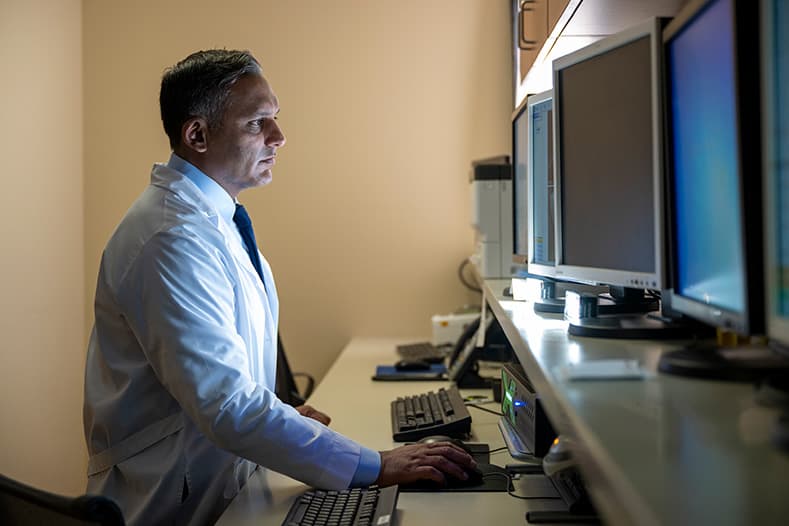Stereotactic Radiotherapy Treatment in Rural New Mexico
August 1, 2025

Radiation therapy is a common way to treat many kinds of cancer, but because the machines needed for this treatment are very expensive, smaller hospitals often don’t have them. One type of radiation treatment that works well and often has fewer side effects is called stereotactic radiotherapy, or SRT. This treatment uses special tools to send strong doses of radiation to a very small and exact area. It can treat tumors in places like the brain, spine, lungs, liver, and bones, as well as cancers that have spread to other parts of the body.
In the past, patients who lived in rural areas and needed this treatment had to travel far—sometimes every day for 4 to 8 weeks. Now, thanks to SRT, treatment can be finished in just 1 to 4 sessions. Also, with newer technology, many patients can check in with their doctors from home after the treatment is done. This means they can recover at home and still get the same high-quality care they would get in a big city hospital.
“Our patients in New Mexico were among the first in the country to benefit from this approach for tumors in the brain, spine, lung, liver, bone, and elsewhere”, said Dr. Amit Garg, medical director of radiation oncology at Presbyterian.
Presbyterian is working to offer this kind of treatment in more rural parts of New Mexico. The goal is to help more people get great care without having to leave their communities. This approach aims to improve long-term health while reducing the side effects of cancer treatment.



